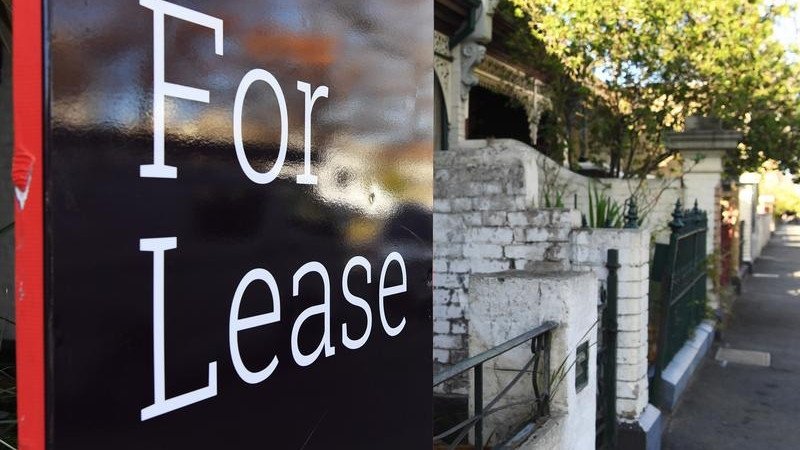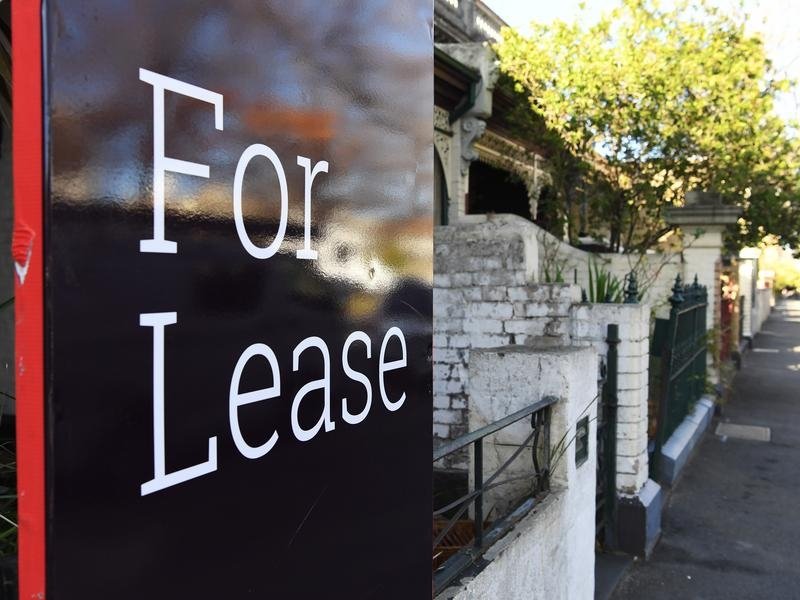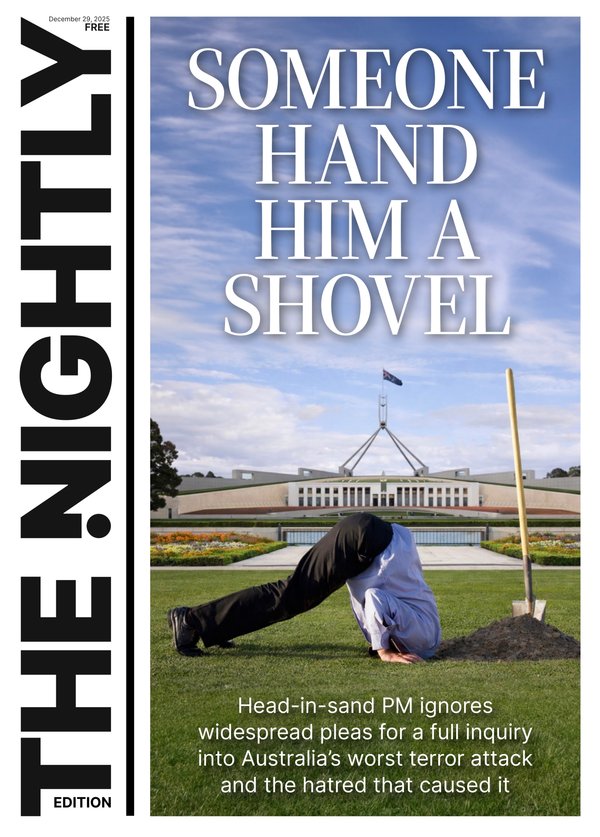Australia’s most painful suburbs for renters revealed in new report

The Australian suburbs being crushed under the weight of “extreme rental stress” have been highlighted in sobering new data.
A September Rental Pain Index (RPI) report by property research and analysis firm Suburbtrends shows 35 areas at breaking point.
The RPI score is calculated using a number of factors including rent changes over the last 12 months, the number of advertised rentals, and the percentage of income spent on rent.
Sign up to The Nightly's newsletters.
Get the first look at the digital newspaper, curated daily stories and breaking headlines delivered to your inbox.
By continuing you agree to our Terms and Privacy Policy.A score of 100 indicates maximum rental stress while anything over 75 is considered an “extremely hard” market for renters.
Amid rental increases and low vacancy rates below one per cent, dozens of suburbs across Australia — 12 in NSW, two in Victoria, 10 in Queensland, six in SA, four in WA and one in Tasmania — attracted a crippling score of 100.
You can check out each suburb in the table below.
While not every sampled suburb cracks an index score of 100, most are well beyond 75.
“Even in areas where price hikes have eased, many renters continue to face severe affordability issues, with rent consuming well over 30 per cent of household income,” Suburbtrends founder Kent Lardner said.
“This is especially true across numerous local government areas where vacancy rates remain critically low, exacerbating competition for already scarce rental properties.
“The slowing pace of rental increases does not mean the crisis is over. It simply means the pressure has shifted slightly, but the overall stress on renters remains severe.”
Beyond the numbers, Lardner said people are at risk of losing their homes.
“The RPI data shows that the risk of displacement and homelessness is still very real,” Lardner said.
“Families are being priced out, even in regions where rents aren’t rising as fast. The system continues to fail those who need stable housing the most.”

The data comes amid calls from renters for more choice and strengthened protections.
The federal government has proposed increasing the number of affordable rental properties, but its bill to achieve this faces an uncertain future with opinions split down party lines.
Such division could jeopardise the much-needed creation of 105,000 new homes, Property Council of Australia chief executive Mike Zorbas says.
“It is disappointing (the politicians) couldn’t find common ground in the middle of a national housing supply crisis,” he said.
“Providing more housing choice, especially rental choice, is critical to solving the housing crisis.
“Now is the time for good faith, good policy negotiations to replace entrenched political positions.”
‘System doesn’t work’
Under Labor’s build-to-rent scheme, investors would receive tax incentives to build new homes that would only be available to renters.
While a Senate report into the proposal released on Wednesday recommended passing laws setting up the scheme, the coalition said it only entrenched a “rent forever agenda”.
The Greens also raised concerns with the plan, saying it would not lead to any affordable rental properties being built.
National Housing Supply and Affordability Council chair Susan Lloyd-Hurwitz told the National Press Club on Wednesday that renters need more protections.
“Those who are renting are doing so for longer. Renting is the only viable housing option for an increasing share of the population, but in so many ways, our system doesn’t work for renters,” she said.
“Housing quality and maintenance are variable, ranging from excellent to utterly inadequate.
“Security of tenure can be fragile. We need regulatory frameworks that better support renters.”
Lloyd-Hurwitz said increased protections such as renters being able to live at a property for as long as they like, limits of one increase in rent per year, free repairs or not needing permission to paint walls were among suggestions to make renting easier.
- With AAP
Originally published on 7NEWS
